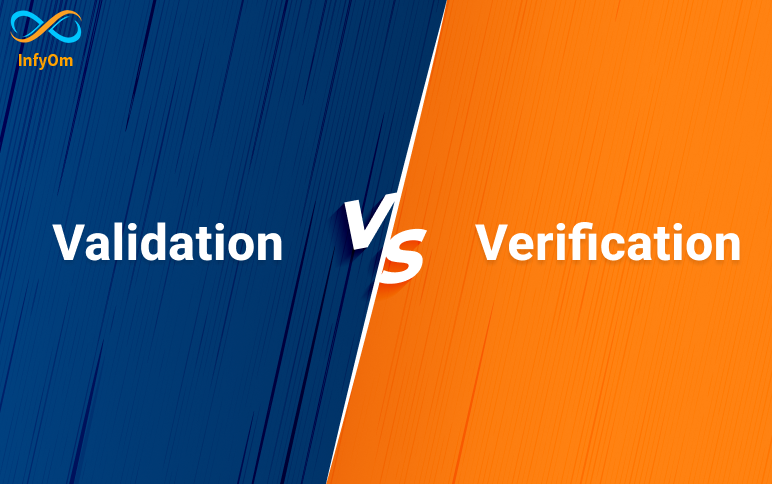Agile testing is a software testing process that follows the principles of agile software development. Agile testing methodology aligns with iterative Development Methodology in which requirements develop gradually from customers and testing teams. The development is aligned with customer requirements.
The agile testing process is a continuous process rather than being sequential. The testing begins at the start of the project and there is ongoing integration between testing and development. The common objective of agile development and testing is to achieve high product quality.
Agile Testing Methods
Behavior Driven Development
Behavior Driven Development (BDD) improves communication amongst project stakeholders so that all members correctly understand each feature before the development process starts. There is continuous example-based communication between developers, testers, and business analysts.
Acceptance Test Driven Development
ATDD focuses on involving team members with different perspectives such as the customer, developer, and tester. Three Amigos meetings are held to formulate acceptance tests incorporating perspectives of the customer, development, and testing. The customer is focused on the problem that is to be solved, the development is focused on how the problem will be solved whereas the testing is focused on what could go wrong.
The acceptance tests are a representation of the user’s point of view and describe how the system will function. It also helps to verify that the system functions as it is supposed to. In some instances acceptance tests are automated.
Exploratory Testing
In this type of testing, the test design and test execution phase go hand in hand. Exploratory testing emphasises working software over comprehensive documentation. The individuals and interactions are more important than the process and tools. Customer collaboration holds greater value than contract negotiation.
Exploratory testing is more adaptable to changes. In this testers identify the functionality of an application by exploring the application. The testers try to learn the application, and design & execute the test plans according to their findings.
Agile Testing Life Cycle
The agile testing life cycle includes the following 5 phases:
- Impact assessment
- Gather input from stakeholders and users, this will act as feedback for the next deployment cycle.
Agile Testing Planning
All stakeholders come together to plan the schedule of the testing process, meeting frequency, and deliverables.
- Release Readiness
- In this stage, we review the features that have been developed/implemented are ready to go live or not.
- Daily Scrums
- Daily standup meeting includes everyday meetings to catch up on the status of testing and set the goals for the whole day.
- Agility Review
- Weekly review meeting with stakeholder meeting to review and assess the progress against milestones.
Conclusion
Agile testing not only facilitates the early detection of defects but also reduces the cost of bugs by fixing them early. This approach also yields a customer-centric approach by delivering a high-quality product as early as possible.



